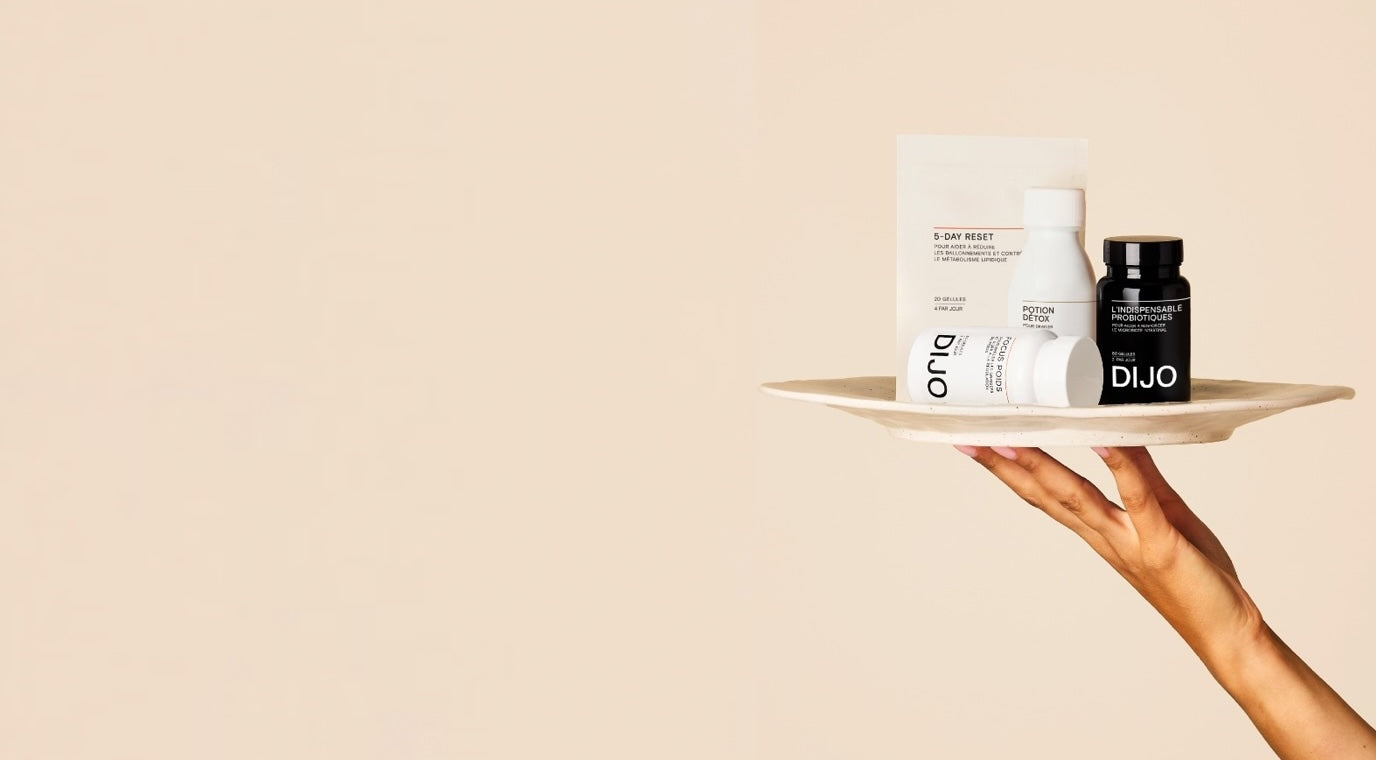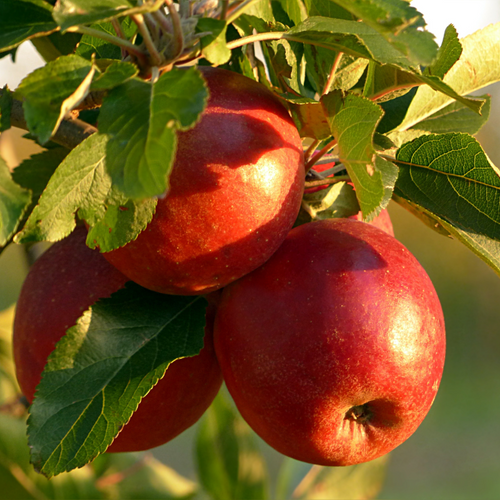Indeed, even if many factors will vary the balance of our microbiota, the first moments of a child's life are decisive for the constitution of their microbiota in the future. It must build up a quality bacterial “capital” before 3 years, to effectively arm itself against various external attacks, allergies, digestive discomfort, etc.
To help your child have a quality microbiota, you must first understand how it is formed. From the first seconds of life, the process starts. We encounter different microorganisms during childbirth, whether in contact with the mother's vaginal flora and/or the hospital environment. Studies have also highlighted differences in the composition of the microbiota depending on the mode/place of delivery. Contact with parents' skin is also a significant factor in the transmission of microorganisms, just like breast milk. The latter has an additional advantage: it contains prebiotics, which promote the development of microorganisms and optimize their effects.
The major problem lies in the fact that, just like adults, children are exposed to risk factors which disrupt the smooth development of their different flora. The constantly increasing prevalence of certain pathologies remains the best indicator of this phenomenon. For example, today, 25 to 30% of the world's population is affected by a skin, respiratory or generalized allergy. However, this figure represented only 3% in 1970, and the WHO predicts that 50% of the population will be affected in 2050. So what are the attitudes to adopt to help your child build up their microbiota? We give you some advice so that he can arm himself in the best possible way.
#1 – Focus on food!
Researchers agree that breastfeeding would have a beneficial impact on the intestinal flora of children, because breast milk contains a multitude of microorganisms and nutrients beneficial to the development of the child and his microbiota.
But it also happens that women do not want, or cannot, breastfeed, and in this case, dietary diversification from 6 months is all the more important. Additionally, emphasizing fruits and vegetables will impact prebiotic consumption. It is therefore important to control and vary your child's diet during their first years.
#2 – Accept pets
Many people are afraid of letting their pets near their children. Although, of course, you have to monitor your pet's behavior, many are ultimately surprised by the gentleness with which animals approach children. This instinct is all the more beneficial to children as animals are also hosts to micro-organisms from which the child can benefit. So we can let them rub shoulders!
#3 – Limit antibiotics
As with adults, antibiotics eradicate many of the good bacteria while seeking to eliminate the bad. During this constitution phase, it is therefore preferable to ensure the real usefulness of consuming it before doing so, and not to rush into this type of treatment.
#4 – Supplement with probiotics
In addition to the long-term beneficial effects of probiotics, which contribute to the good constitution of a bacterial capital, studies have shown their effectiveness on acute infectious diarrhea and childhood colic. This is the case, for example, of Lactobacillus rhamnosus , whose effectiveness has been proven on acute infectious diarrhea. Probiotics also facilitate the growth of children, limit skin pathologies such as eczema and limit the risks of developing a psychological disorder. Overall, these microorganisms have the ability to stimulate the immune system and help reduce health risks that may arise in the future.
Recent studies also suggest that prenatal contamination is possible: the intestinal microbiota of the fetus could be influenced by the mother's uterine bacteria, in particular bacteria of the genus Bifidobacterium, Lactobacillus, and Enterococcus. Thus, the consumption of probiotics by the mother during pregnancy seems to be a factor in the good constitution of the infant microbiota.
At DIJO, we created Children's Probiotics so that the whole family can stock up on good bacteria and be in great shape. With 10 billion CFU, and 3 strains known to improve digestive comfort and the immune system of children, Microbiote enfant is a valuable aid in a society like ours where risk factors for dysbiosis are omnipresent. By ensuring a balance of intestinal flora from an early age, we allow the child to stimulate his immune system and arm himself against various pathologies.
Sources:
[1] Van Nimwegen, F., Penders, J., Stobberingh, E., Postma, D., Koppelman, G., Kerkhof, M., Reijmerink, N., Dompeling, E., van den Brandt, P. , Ferreira, I., Mommers, M. and Thijs, C., 2011. Mode and place of delivery, gastrointestinal microbiota, and their influence on asthma and atopy .
[2] Insert. (2016). Allergies. An increasingly frequent disruption of the immune system.
[3] Savage, J., Lee-Sarwar, K., Sordillo, J., Lange, N., Zhou, Y., O'Connor, G., Sandel, M., Bacharier, L., Zeiger, R ., Sodergren, E., Weinstock, G., Gold, D., Weiss, S. and Litonjua, A., 2018. Diet during Pregnancy and Infancy and the Infant Intestinal Microbiome .
[4] Sansotta, N., Peroni, D., Romano, S., Rugiano, A., Vuilleumier, P. and Baviera, G., 2019. The good bugs: the use of probiotics in pediatrics .



















